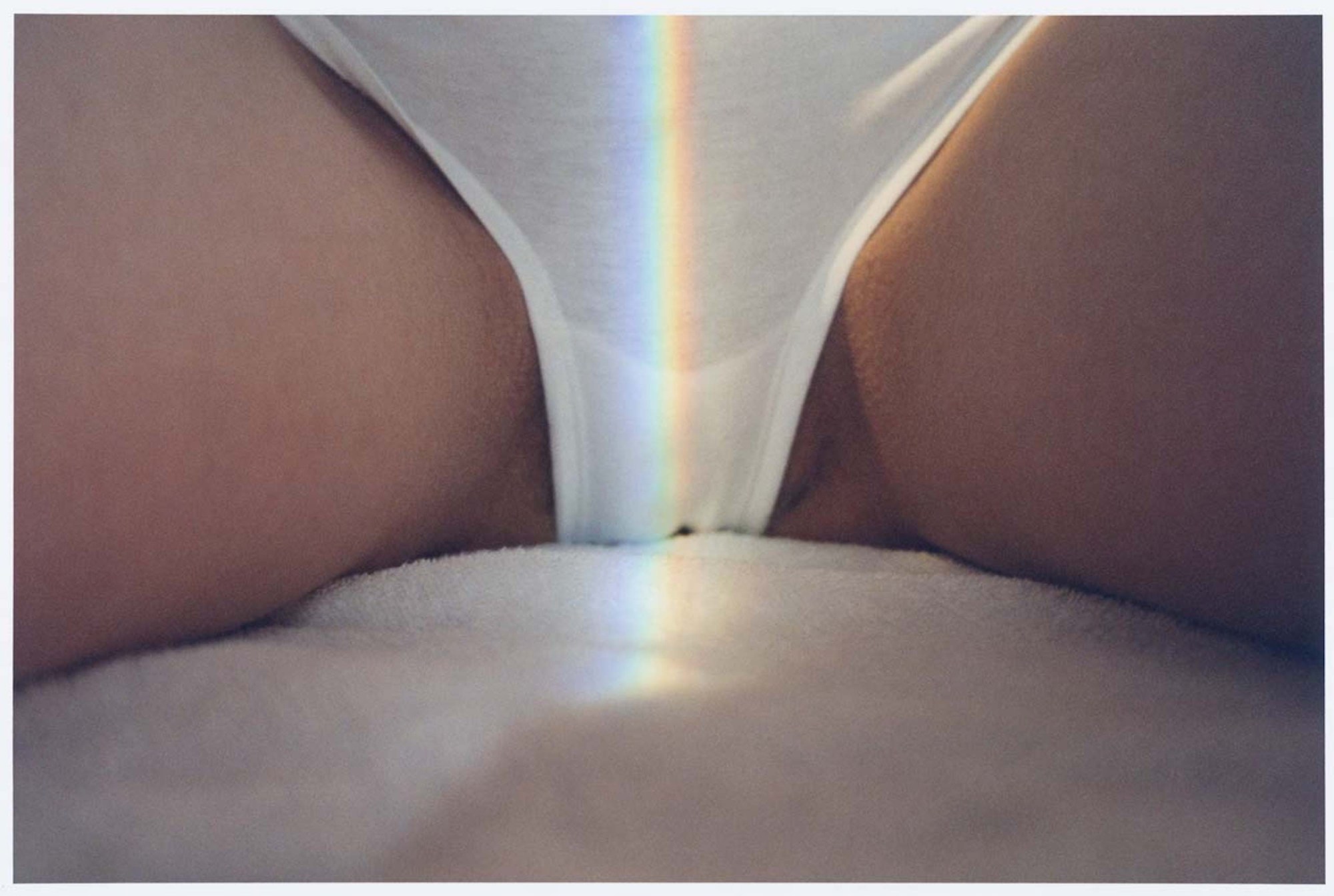In 2022, we’re still somehow fucking weird about nudity. We blush during sex scenes, we cringe at ourselves in the mirror, we laugh at the neighbour whose made their living room a nudist colony. But if we’re weird societally around nudity, artistically we’re a little better. For centuries, artists have been the ones to subvert reductive narratives around nudity, sex, and gender. Fotografiska’s latest exhibition, the plainly titled NUDE, does just this.
Through May 1, 30 women-identifying photographers will exhibit over 200 forms of flesh, opening the door to more notions of nudity beyond shame, discomfort, or an object of androcentric desire. “The idea for NUDE came from the classic discussion of representation of nude bodies in art — the historical canon of male artists picturing female subjects for a primarily male audience,” says the museum’s Director of Global Exhibitions, Johan Vikner. The collection emphasises multidimensionality, with nude forms manifesting as everything from a peach in lingerie to a self-portrait performance based on an unsolved rape case. Here lies the exhibition’s central point: nudity, and the gaze it attracts, is not a monolith.
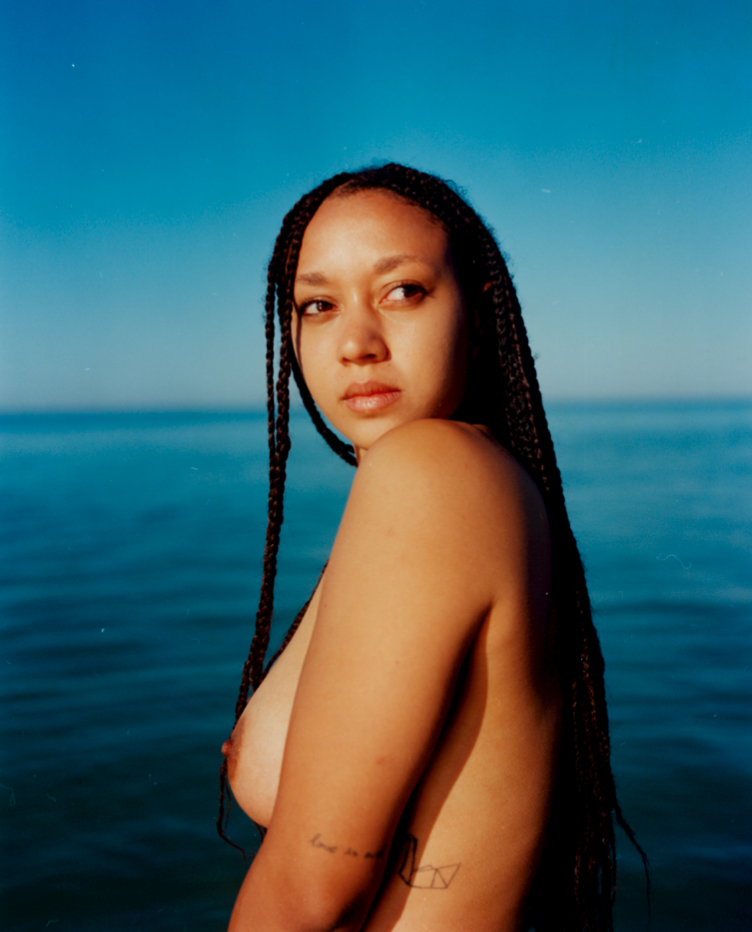
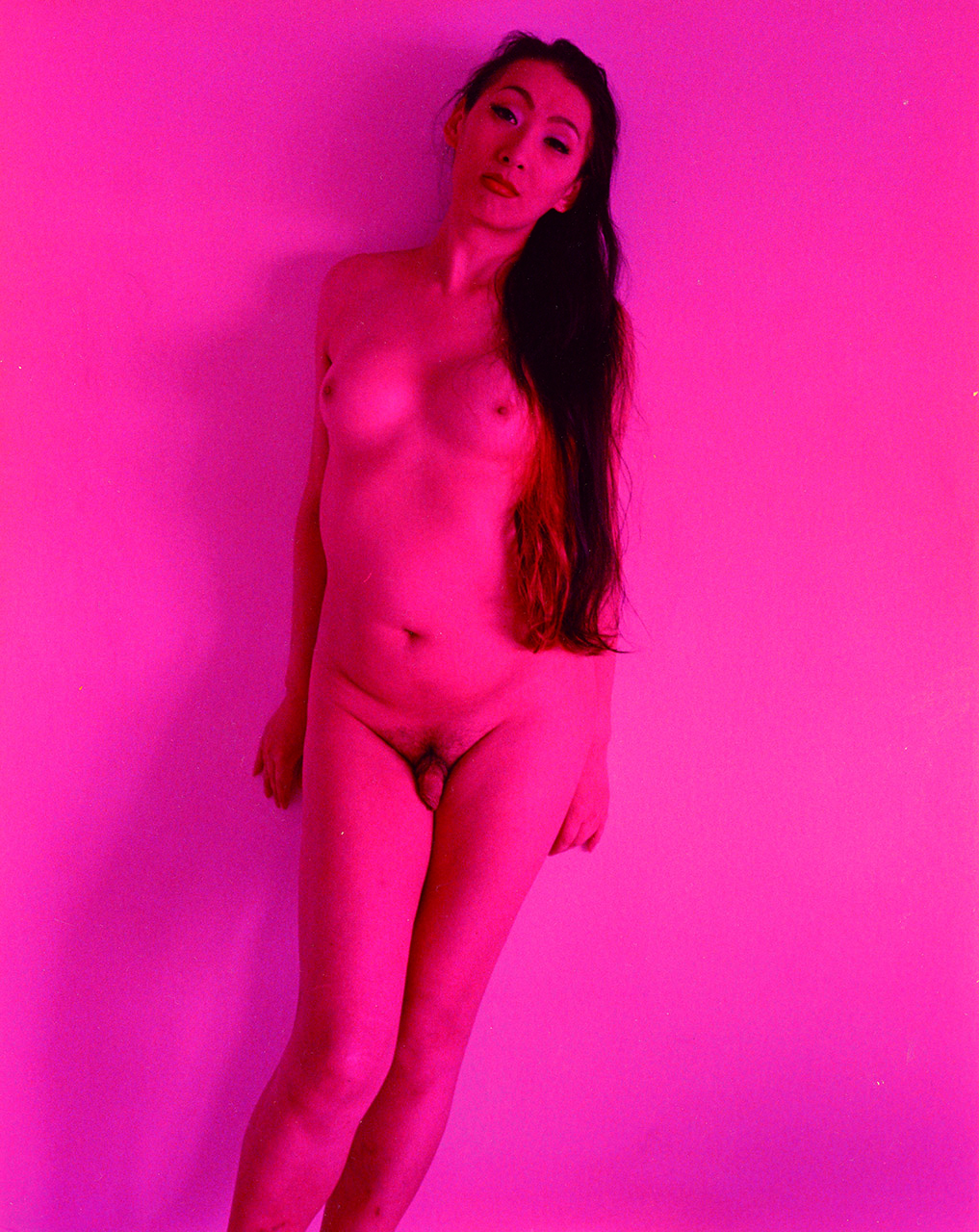
For some artists, nudity is a channel for rejecting the whitewashed lens historically given precedence in photography. In the case of Chicago-born artist Dana Scruggs, this means centring the form of Black men in her work. She explains that fetishisation has often been the foundation of white photographers capturing of Black men; and instead, her gaze is “rooted in shared experience and ancestry.” Similarly, the portion of Denisse Pérez’s AGUA series on display documents brown and Black men in relationship to water, “challenging the way they have typically been depicted throughout Western history.” While compositionally different, both photographers have succeeded in two diametrically opposed pursuits: creating a space where one’s identity can communicate more powerfully given the shared experience Dana mentions; and also completely transforming their models from subjects of intellectualism to purely geometric forms.
On the subject of geometry, Swedish photographer Julia SH’s works, according to her artist statement, “halt the intention of making an immediate erotic value judgment and find an aesthetic interest in textures that define the subjects.” Rather than equate it to sexual desire, Julia uses nudity as a medium, a material. Her pieces feature subjects of various sizes, covered in what appears to be a white powder that highlights every crease and lump of skin. Her end goal is not at all to preach body positivity or saturate photos with some ethereal meaning. In fact, it’s just the opposite. “The body is so incredibly loaded and controversial,” she says, “[and] by being exposed to more types of bodies, we are one step closer to body neutrality.” And this sentiment is shared between photographer and subject, Julia continues: “one of the models put it well when she told me, ‘familiarise yourself with sagging, blemishes, discolourations, texture… you can always strive for neutrality — which is heaps better than antagonising your body for just existing.’”
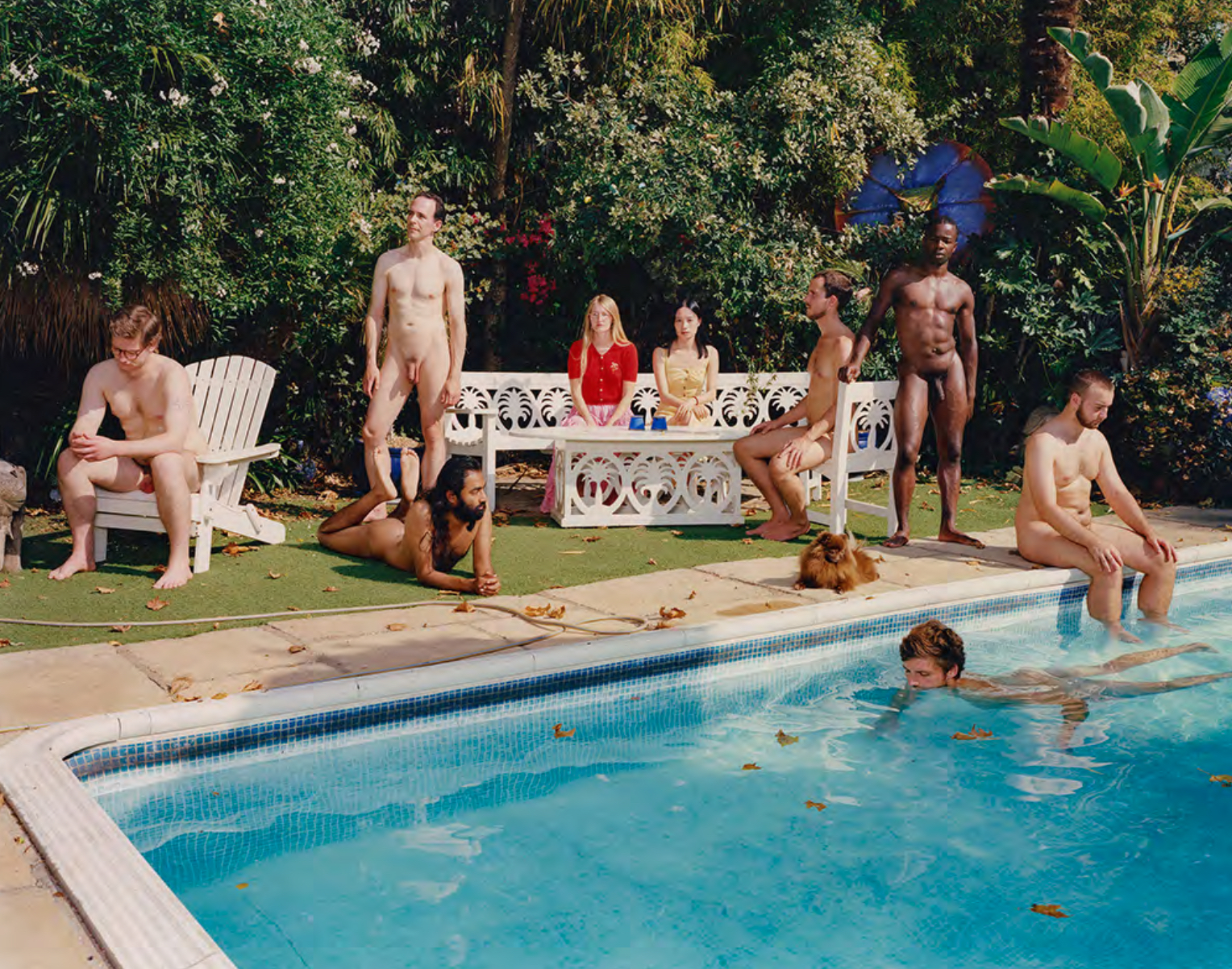
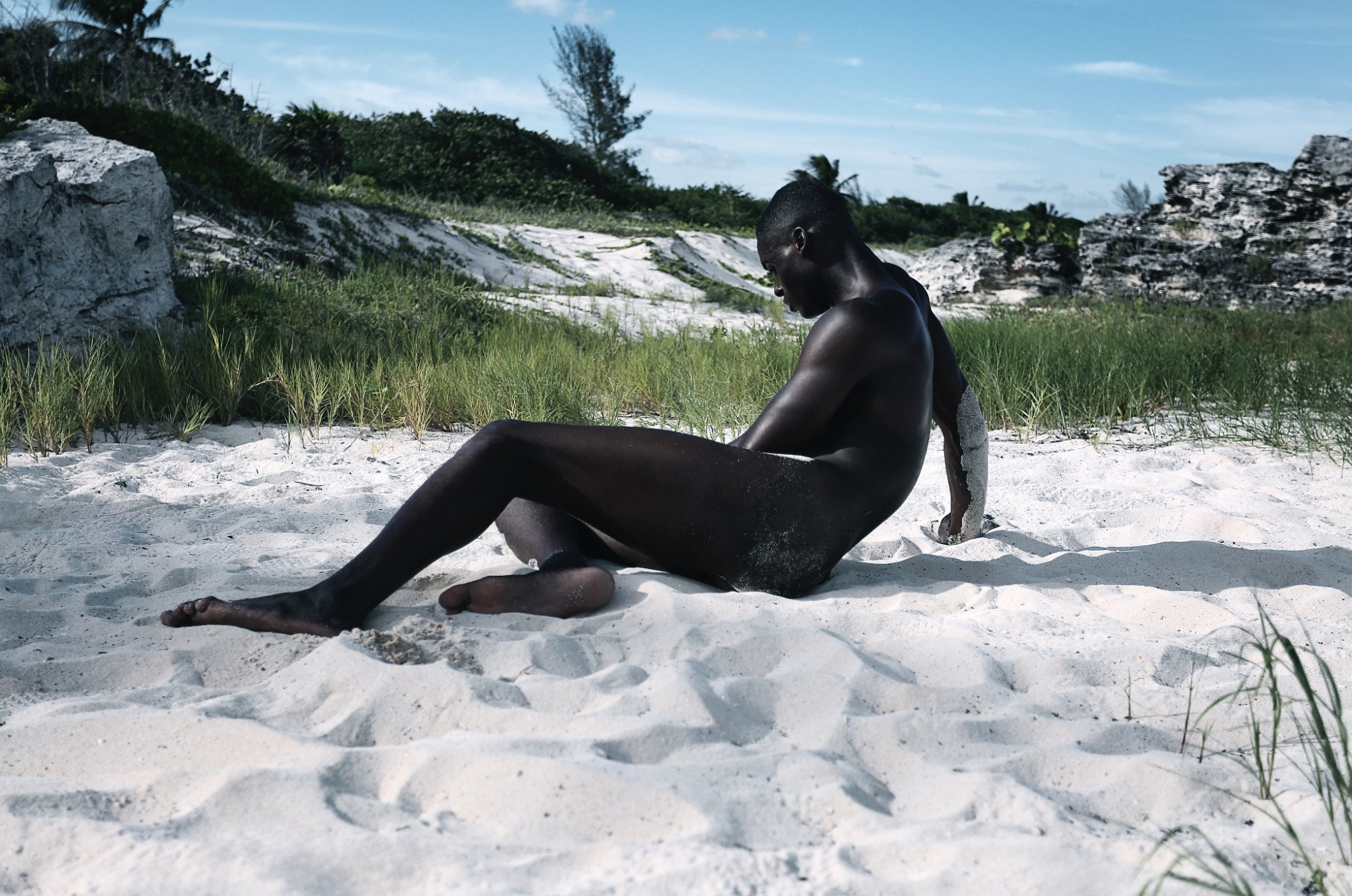
This emphasis on taking subjects as they are — eliminating complex theories or projecting fantasies onto what The Nude™ really is — also touches Elinor Carucci’s work, the Israeli-American photographer whose credits span the likes of The New Yorker and TIME. For years, Elinor has chronicled individuals over a certain age, a practice that started with an interest in photographing her mother. Her inclusion of greying hair, wrinkled skin, and stretch marks, the joy of becoming a grandparent, and the pains of enduring illness are not strokes of grandeur but simply what she is witnessing in real time. “Many people think it’s bravery, but I don’t think I’m brave,” she shares. For her, this focus on ageing as it intersects with nudity is simply “a way to show our existence.”
Each artist featured has their own distinct spotlight: Angélica Dass has matched headshots with Pantone® palettes to build a mosaic of skin tones questioning racial constructs; Joana Choumali has physically manipulated the “idealised” retail mannequins to better resemble African women from her Ivory Coast town; Yushi Li has inserted her real life Tinder dates into online images that usually centre sexualised women; Luo Yang explores a Chinese youth culture that exists in contradiction to her 80s upbringing; and Jenevieve Aken pays homage to an Elvira Orlandini, who never saw justice following her rape and consequent murder.
30 artists have created 200 iterations of what it means — or doesn’t mean — to be nude, to share what artist Bettina Pittaluga deems “skinship”. In a time where we’ve graphically designed statistics on death tolls so that we can perform our opinions to align with the masses…. well, it’s a breath of fresh air to see photographical works — some embracing skin as simply a shape, others impregnating it with identity and history — in conversation with one another. NUDE encourages us to, perhaps, walk away with conflicting ideas, with more questions than answers on what it means to just be.
‘NUDE’ is on view at Fotografiska New York from 11 February – 1 May.

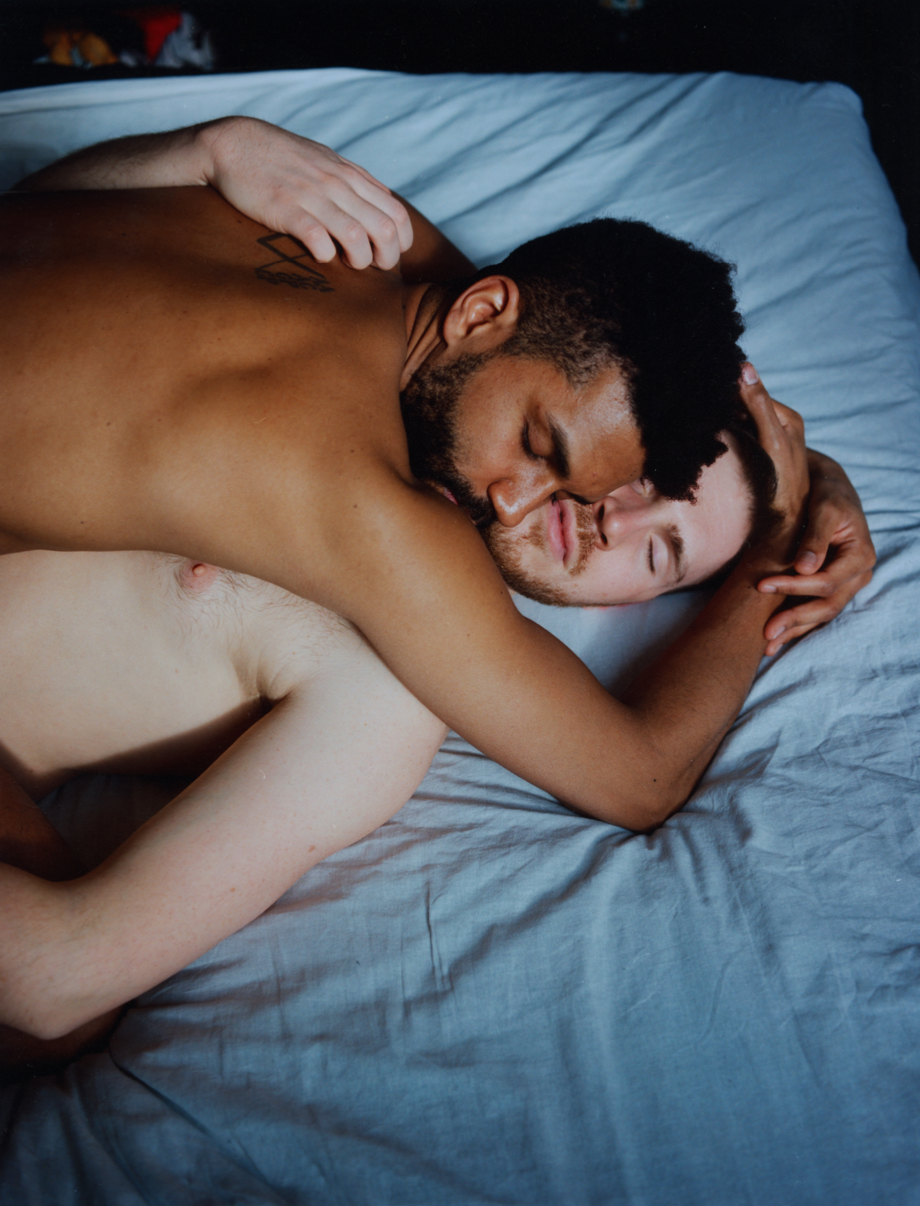
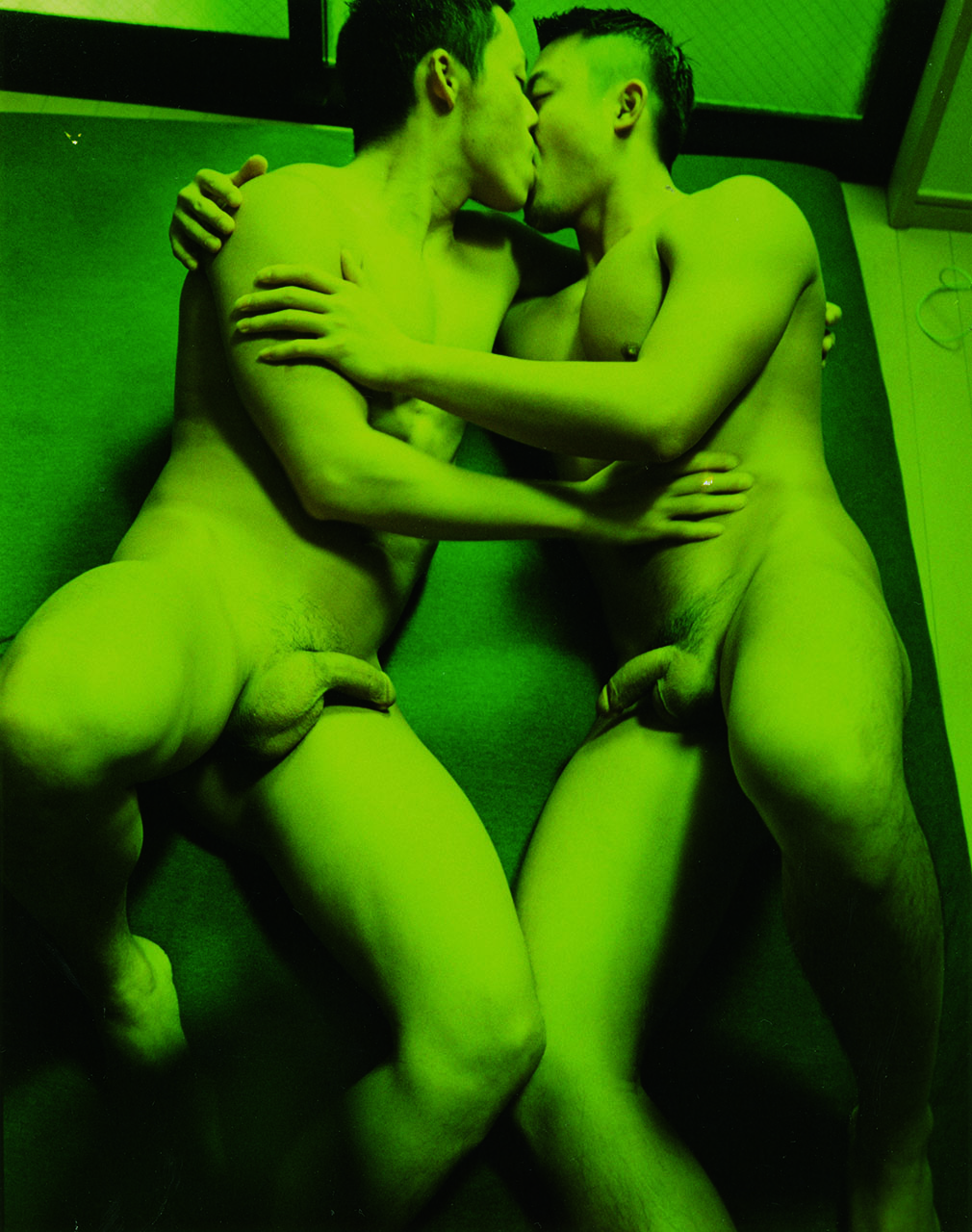
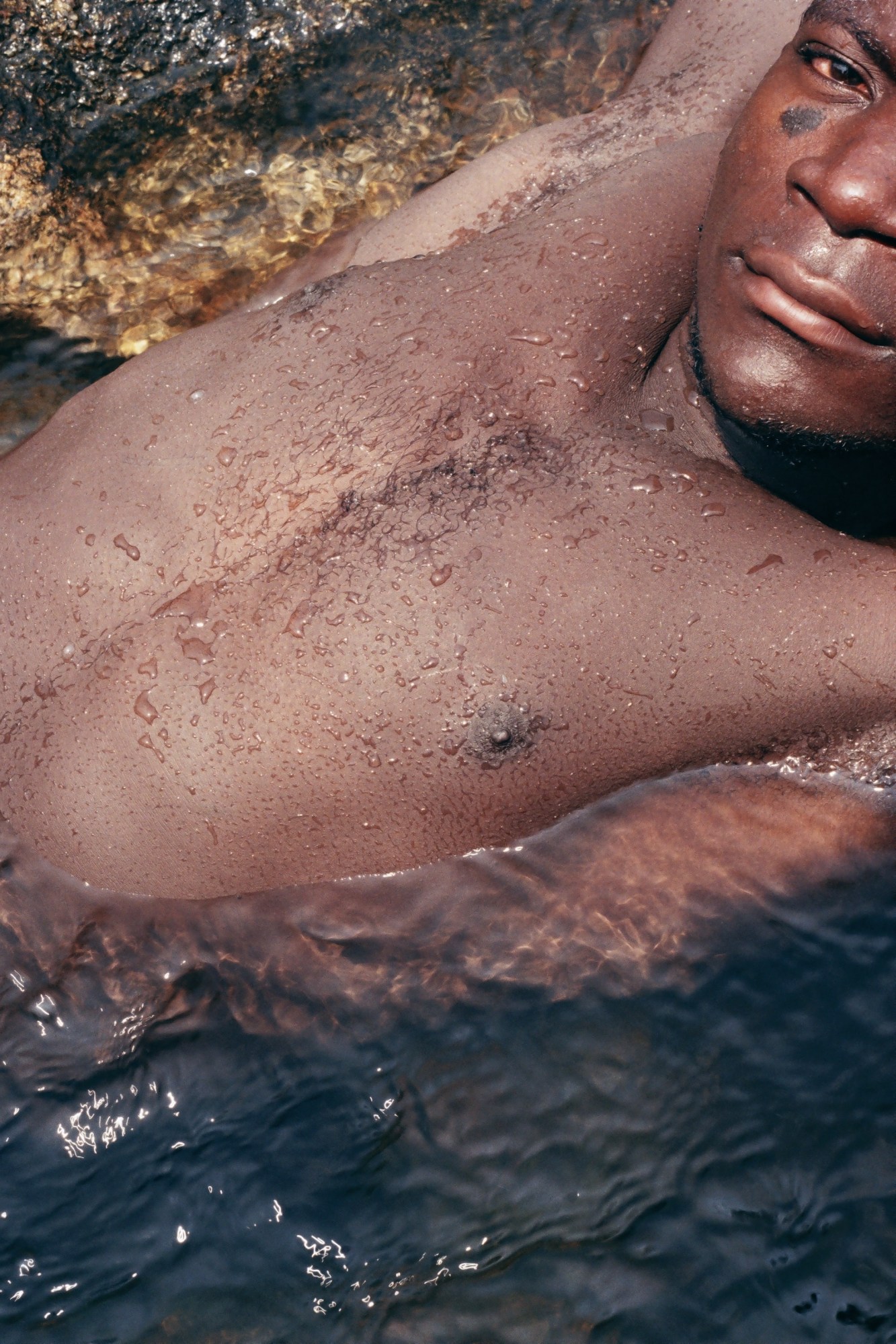
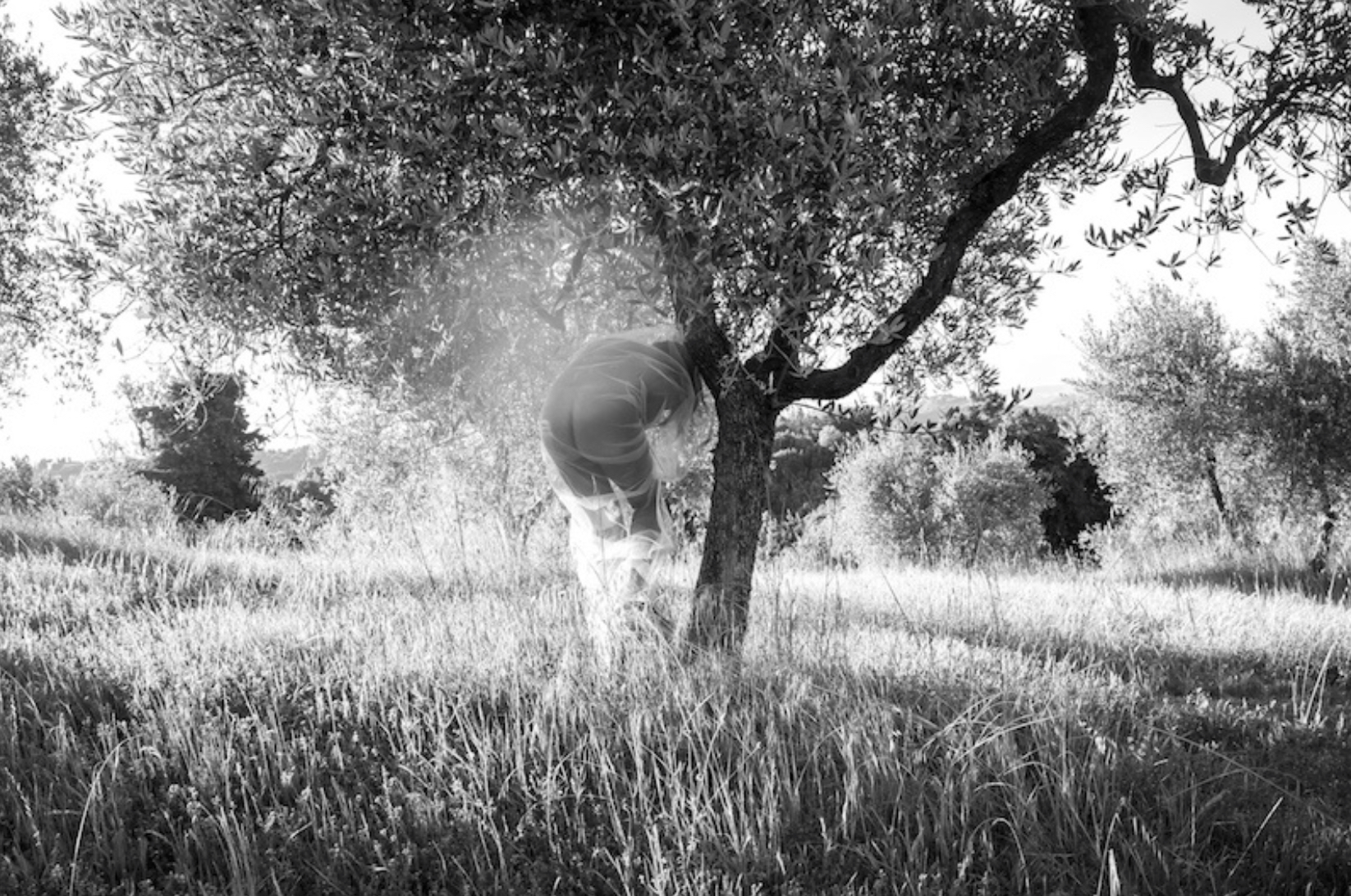
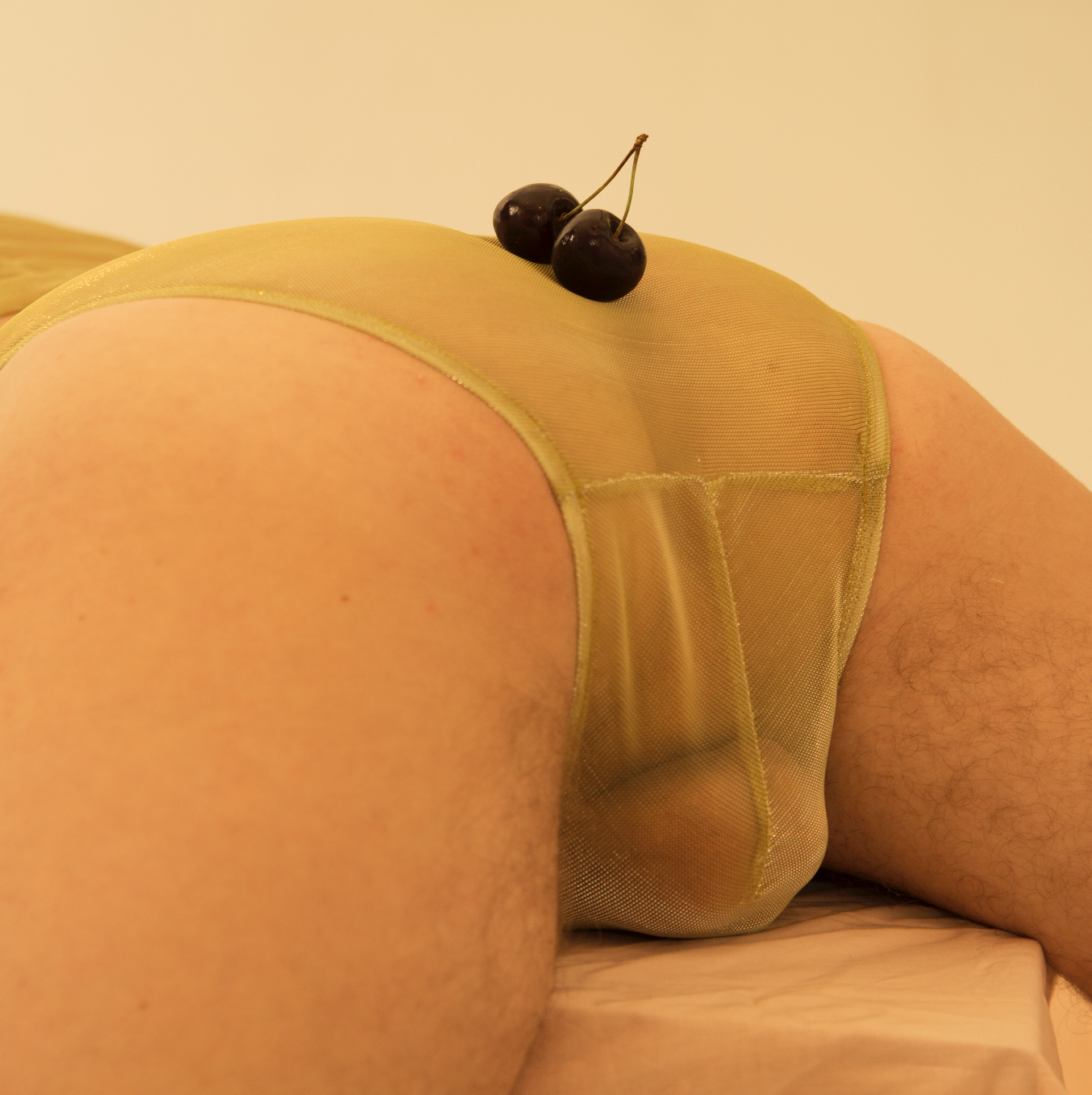
Follow i-D on Instagram and TikTok for more on art and photography.
